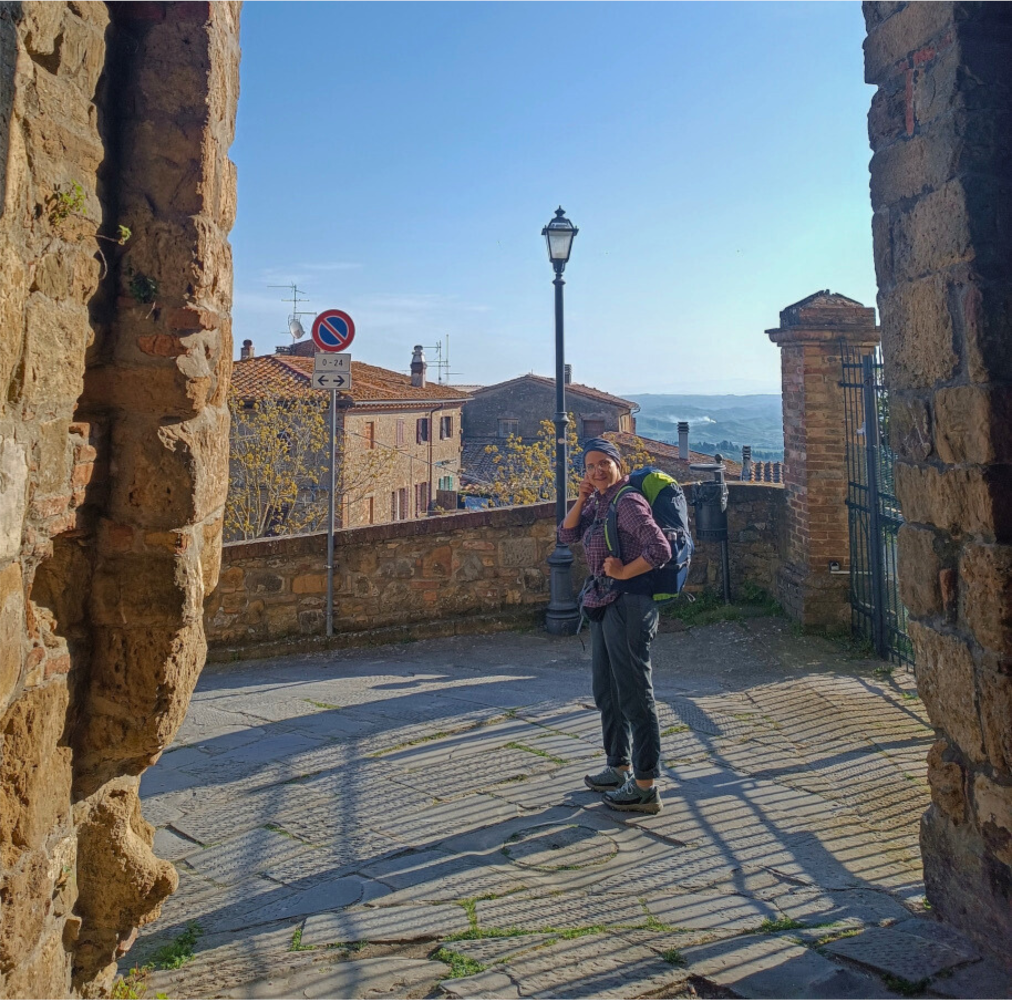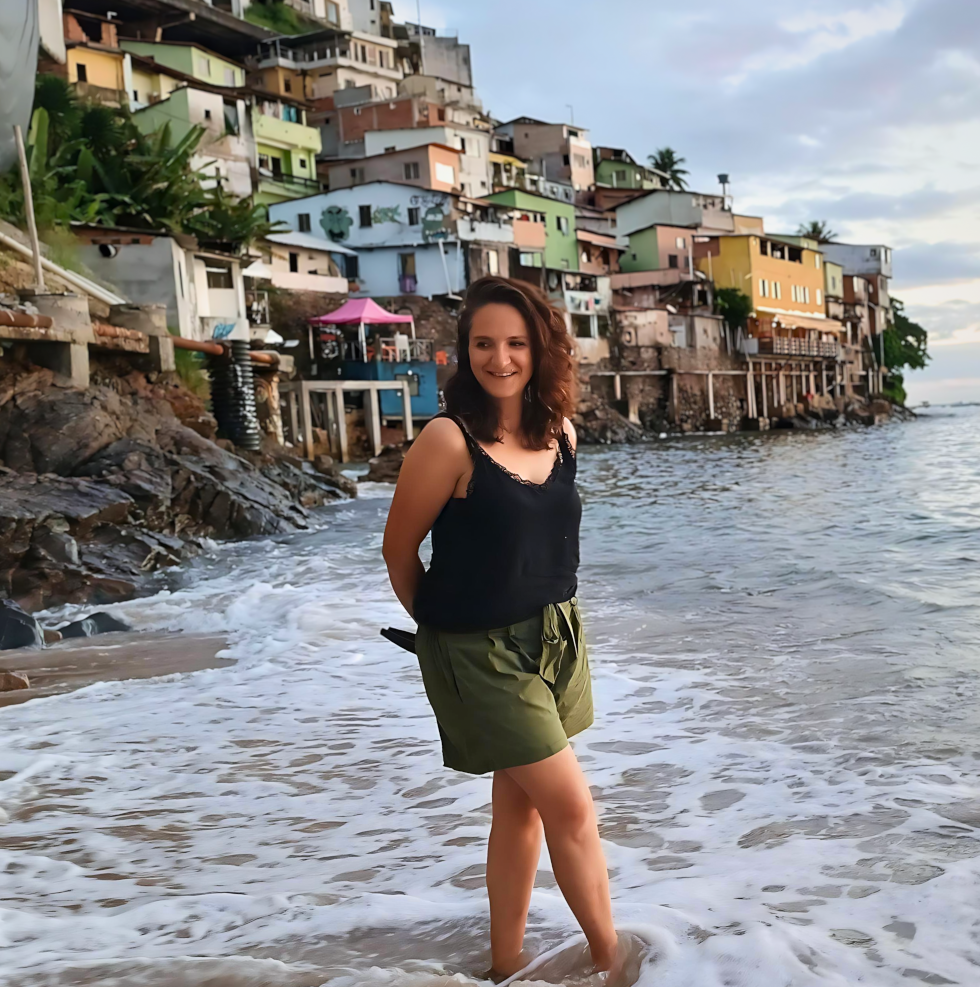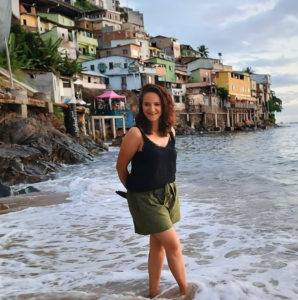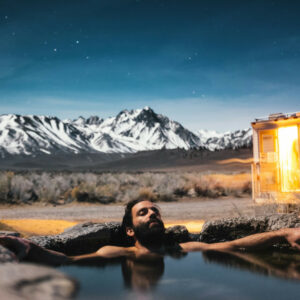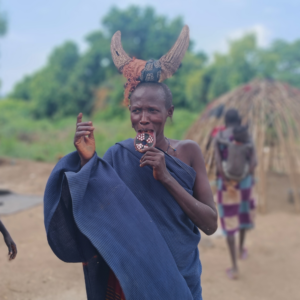Embarking on the Via Francigena from Lucca to Siena was a remarkable journey through some of Italy’s most picturesque and historically rich landscapes. This ancient pilgrimage route, stretching from Canterbury to Rome, offered me a unique blend of cultural heritage, natural beauty, and spiritual reflection. The segment between Lucca and Siena, approximately 120 kilometers, was particularly enchanting and accessible, making it a perfect adventure for anyone seeking both physical challenge and profound experience.
Starting in Lucca: A City of Walls and Wonders
My journey began in the charming city of Lucca, renowned for its well-preserved Renaissance walls and historic architecture. I spent some time exploring the city before setting off. Wandering through its narrow streets, visiting the majestic Lucca Cathedral, and enjoying a meal in one of its quaint piazzas was the perfect way to start. As I left the city, I walked through lush countryside dotted with olive groves and vineyards, offering a peaceful start to my trek.
The first stretch from Lucca to San Miniato, about 40 kilometers (walked in 2 days), was a delightful introduction to the Via Francigena. The path wound through small medieval villages and serene landscapes. Highlights included the picturesque town of Altopascio, famous for its ancient bread, and the tranquil Arno River. Arriving in San Miniato, I was greeted by a town rich in history and known for its truffles. Exploring its historic center and enjoying the local cuisine was a true delight.
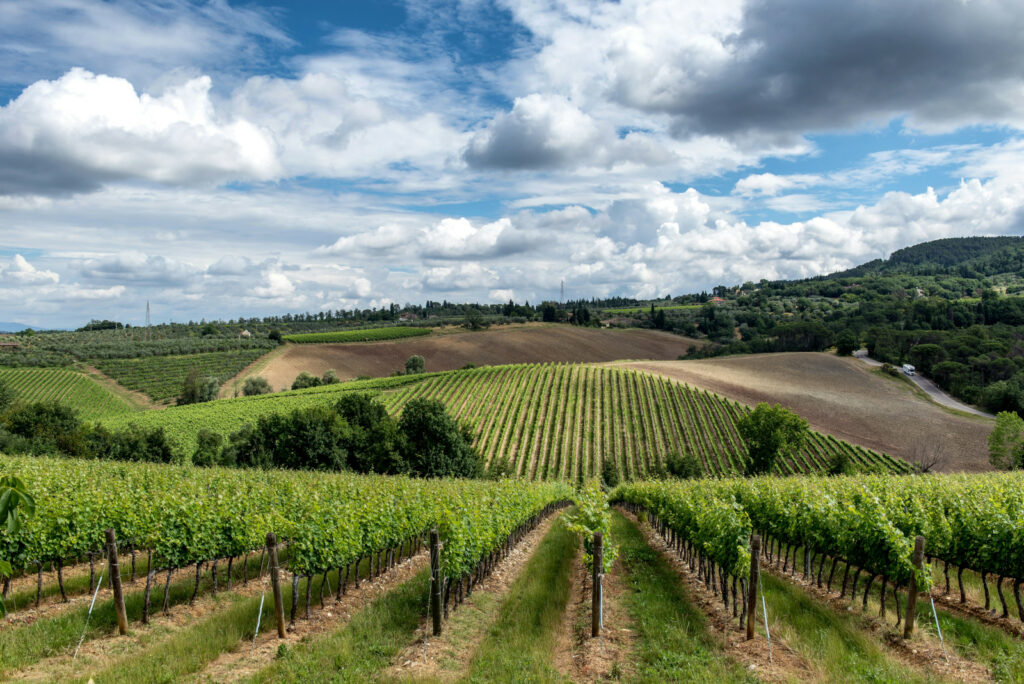
Through the Heart of Tuscany: San Miniato to Gambassi Terme
Leaving San Miniato, the trail to Gambassi Terme spanned approximately 24 kilometers. This segment took me deeper into the heart of Tuscany, with rolling hills, vineyards, and olive groves stretching as far as the eye could see. Gambassi Terme, known for its thermal baths, was a perfect place to rest and rejuvenate. The town’s medieval charm and the therapeutic waters offered a soothing break for my weary legs.
Historic Gems: Gambassi Terme to San Gimignano
The next leg of the journey, from Gambassi Terme to San Gimignano, was about 14 kilometers and was one of the most scenic parts of the Via Francigena. San Gimignano, with its iconic medieval towers, is a UNESCO World Heritage Site and a highlight of the route. Exploring its charming streets, visiting the Collegiate Church, and enjoying the breathtaking views of the surrounding countryside was a true reward.
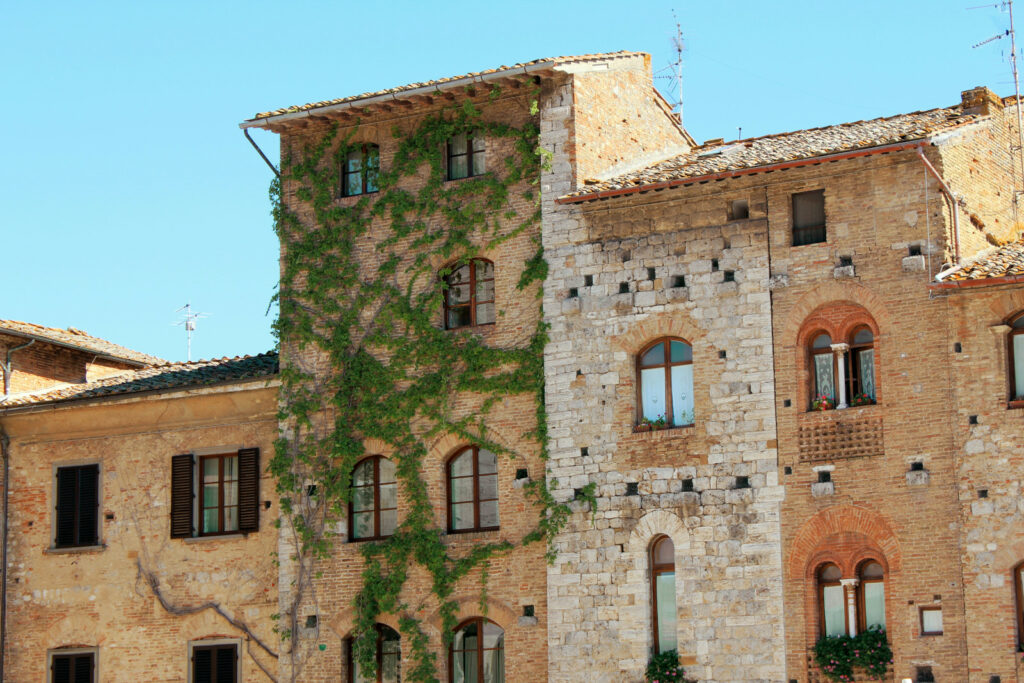
Final Stretch: San Gimignano to Siena
The last stage of my journey from San Gimignano to Siena covered roughly 42 kilometers, which I split over two days for a more leisurely pace. This section was quintessential Tuscany, with rolling hills, vineyards, and cypress-lined roads. As I approached Siena, the landscape became even more captivating. Entering the city, I was struck by its medieval splendor. Siena’s Piazza del Campo, the stunning Cathedral, and the historic city center, another UNESCO World Heritage Site, marked a triumphant end to my pilgrimage.
The Difficulties and Beauty of the Hike
The hike was not without its challenges. The terrain varied from flat, easy paths to steep, rugged climbs. The summer heat was intense at times, and the long distances tested my endurance. However, these difficulties were overshadowed by the overwhelming beauty and serenity of the Tuscan countryside. Each day brought new breathtaking vistas, from golden fields of wheat to vibrant vineyards and ancient olive groves. The sense of accomplishment and the connection to the landscape made every step worthwhile.
Walking the Via Francigena from Lucca to Siena was not just a physical journey but a deeply enriching experience. The trail offered me a chance to disconnect from the rush of modern life, immerse myself in history, and connect with the serene beauty of the Tuscan landscape. Each step brought new discoveries, from charming villages and historic landmarks to the simple joys of nature. Whether you undertake this journey for spiritual reasons, personal challenge, or the sheer love of travel, the Via Francigena promises memories that will last a lifetime

